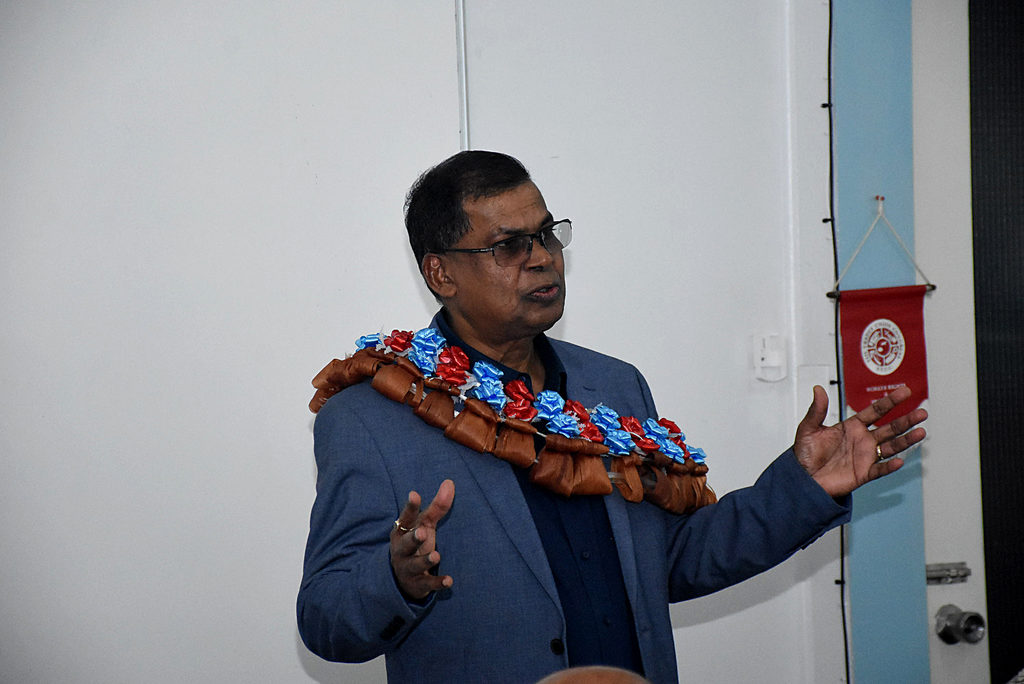NATURAL disasters have cost Fiji $600 million in recovery and rehabilitation efforts over the last seven years.
This was revealed by Deputy Prime Minister and Minister for Finance Prof Biman Prasad at the launch of an assessment of risks of Fiji’s national infrastructure to natural disasters.
Titled “Toward Resilient Public Finance: National Assessment of Disaster Risks in Infrastructure Sectors in Fiji”, the report was the result of collaboration between the Coalition for Disaster Resilient
Infrastructure (CDRI), the Asian Disaster Preparedness Centre (ADPC) and the Fiji Government.
Prof Prasad said recent studies by the International Monetary Fund (IMF) have concluded that the increasing frequency and severity of natural disasters experienced in the Pacific region raised significant concerns related to the ability to maintain economic stability in the face of increasing climate extremes.
“Also highlighted in the World Bank’s Climate Risk Country Profile, Fiji is one of the most climate-vulnerable nations globally,” Prof Prasad said.
“The cost is not only physical or emotional – it is profoundly fiscal.
“In the past seven years alone, we have spent over $600 million on recovery and rehabilitation efforts.
“The stark figure is not just a line item in our national accounts – it reflects disrupted communities, lost productivity and diverted resources from health, education and public investment.”
Prof Prasad reiterated Fiji’s vocal stand internationally on climate finance, saying it underscored the need to build infrastructure that will withstand natural disasters.
“Our National Development Plan 2025-2029 and Vision 2050 makes it clear: every road, seaport, airport, water and wastewater, and energy system must be designed for the climate realities of tomorrow, not the patterns of yesterday.
“This is why Fiji is calling for a climate finance that is accessible, predictable and scaled to meet our urgent needs.
“We need grants, highly concessional and innovative solutions that enable us to invest now in resilient, low carbon infrastructure rather than pay the far greater cost of rebuilding after each disaster.”
Prof Prasad said every dollar invested in resilient infrastructure is a dollar saved in disaster recovery “and it is the smartest, most cost-effective investment we can make”.
Note: This article was first published on the print version of the Fiji Times dated August 13, 2025

